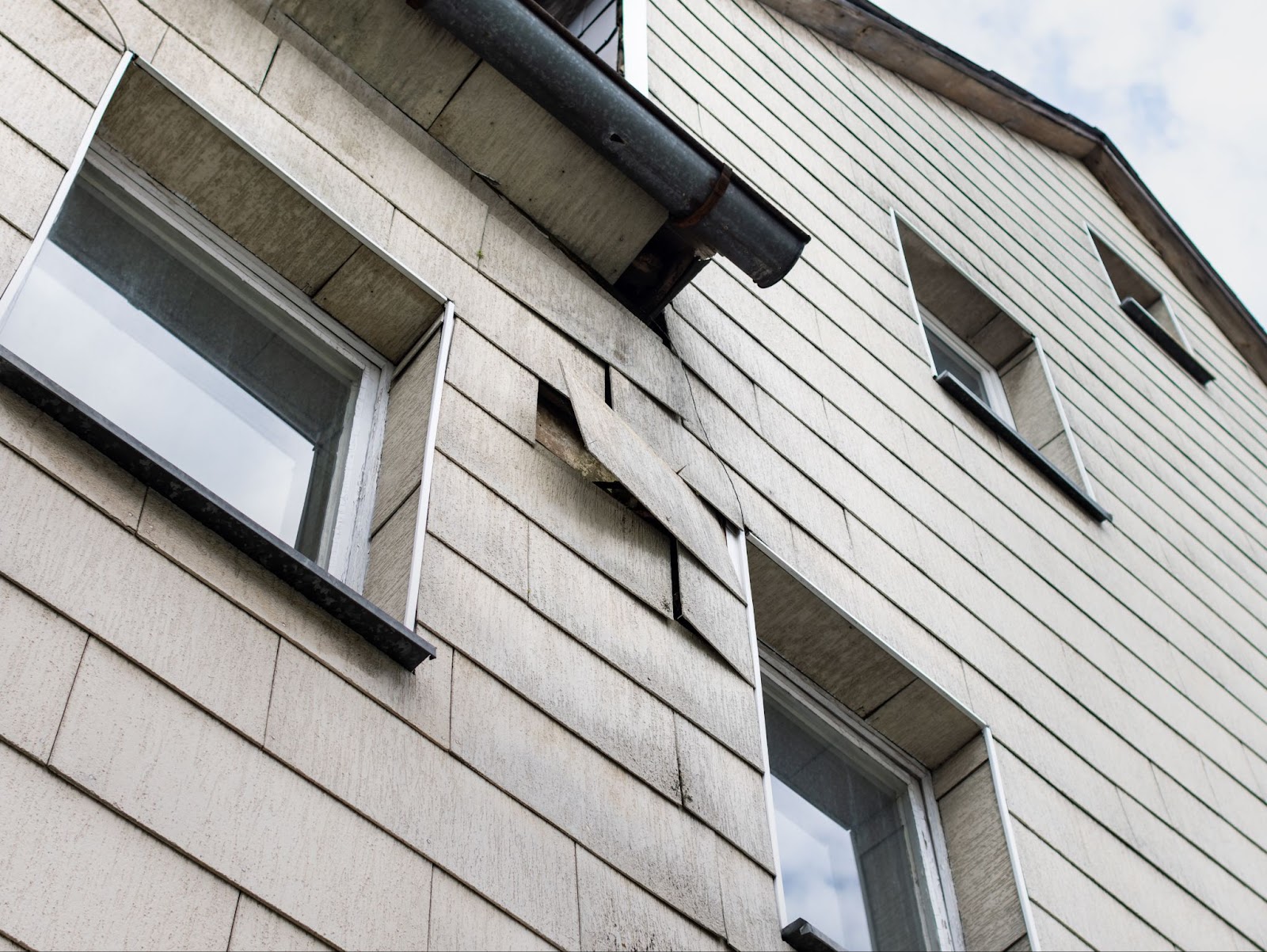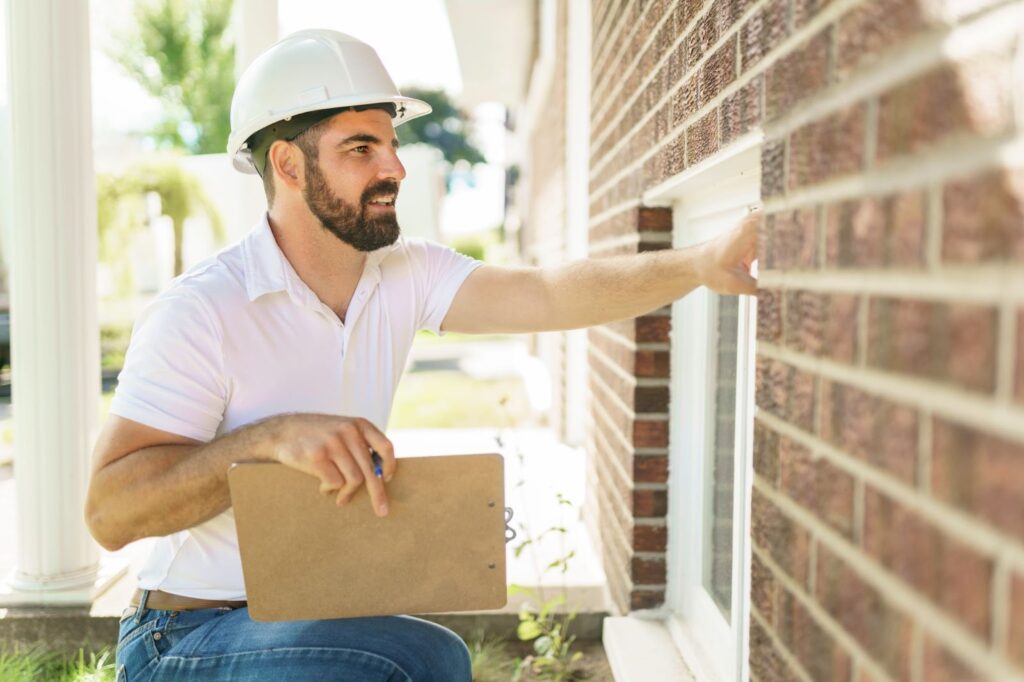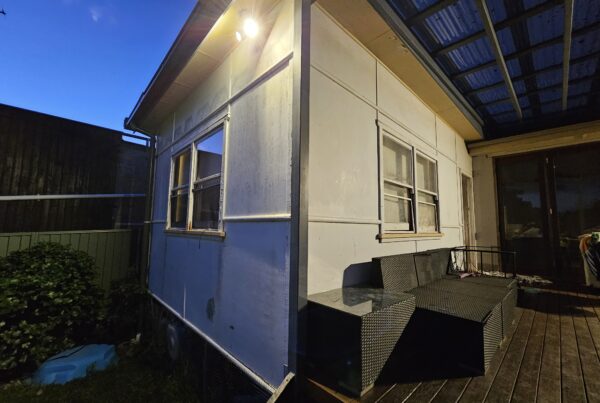By the time this blog post goes live, National Asbestos Awareness Week will be less than a week away. The campaign to get rid of every trace of this silent killer all across the country continues, with the first step being having enough awareness that it might be in your home. As we at Sydney Asbestos keep reminding our clients, asbestos can’t be seen or smelled.
SafeWork NSW urges the public to “Be Asbestos Ready,” beginning by getting a presumptive asbestos inspection in Sydney. Then again, you have to ask yourself: “Does my property need one?” In light of National Asbestos Awareness Week, here are several indications that asbestos inspections are a must for homes.
Built Before 1990
The campaign’s theme centres around one question: “Is your home built before 1990?”
Australia’s nationwide ban on asbestos took effect on December 31, 2003. However, the phaseout process began a few decades prior, with residential use of asbestos containing material (ACM) ending in 1990. In related notes, Australia stopped importing asbestos in 1983 and mined the material a year later.
By the time of the nationwide ban, the Asbestos Safety and Eradication Agency (ASEA) estimated that one in three homes across Australia contained ACMs. Despite a steady asbestos eradication process over the next few decades, ASEA estimates that over six million tonnes of asbestos remain in homes and buildings.
As a rule of thumb, our team recommends an inspection if your home was built before the nationwide ban in 2003. Although not as likely as one built before 1990, we don’t rule out the possibility of leftover asbestos being used to build homes between 1990 and 2003.
If you have no idea when your house was first built or whether it’s undergone renovations, you can ask your council or state agency for the property’s records.
Planning a Renovation
Every few months, our team gets a job where the owner of a pre-ban home has begun a DIY or professional renovation without an inspection by an asbestos professional. The problem is that they realize too late that they have cut up a lot of ACMs, and the fibres are adrift with impunity.
It doesn’t take much to disturb the asbestos and release its microscopic asbestos fibres, and nothing can stop airborne asbestos from being inhaled and wreaking havoc on the body. Australia remains one of the countries with the highest mortality rate for asbestos-related diseases, with an estimated 4,000 dying annually.
Professional asbestos inspectors look out for two types of asbestos materials.
|
Type |
Description |
Examples |
|
Friable |
This type of asbestos can easily crumble with hand pressure, making it the more immediate threat. |
Loose-fill insulation, spray-on coatings,pipe lagging |
|
Non-friable |
Usually bonded to cement, this type of asbestos takes more force to break down but can do so over time. |
Fibre-cement sheeting, floor tiles, cement roof tiles |
Unless you or your renovation contractor has an asbestos removal licence, neither should be anywhere near asbestos. Not only is it dangerous to everyone, but it’s also illegal under state law. Unlicensed asbestos removal work involving more than 10 square metres of ACMs is punishable by a fine of tens of thousands of dollars.
Buying or Selling a Home
Pre-ban homes are still circulating in Australia’s real estate market, with some dating back to the country’s early asbestos years. While some may already have their asbestos materials removed prior to being put up for sale (you’d want to ask for proof of such, like an asbestos survey report), other properties might not.
A visual inspection is a key step before any real estate transaction can be finalised. That said, not all home inspection services are equipped and trained to scour the property for ACMs. It’s a good idea to hire a specialist on top of a home inspector.
Under NSW’s loose-fill asbestos insulation (LFAI) laws, the Contract of Sale for residential properties built before 1985 should include a warning about the possibility of the property containing LFAI. This applies whether or not the home actually contains such material and enables buyers to take action before closing the deal.
More importantly, agents are obligated to provide full disclosure regardless of whether the house is listed on the LFAI registry. If you’re the seller, then you’re also obligated to inform the agent so that they can pass the information to potential buyers.
That aside, full disclosure is a good idea for properties for sale containing ACMs in general. Saving buyers the trouble of conducting an asbestos inspection increases the chances of securing the sale.
Conclusion
Whether or not you plan to renovate or sell your house, an asbestos inspection is a good idea if your house was built before 1990. It’s the least you can do to ensure the safety of not just your loved ones living under one roof but also everyone else in the community. It’s the least you can do to “Be Asbestos Ready.”








